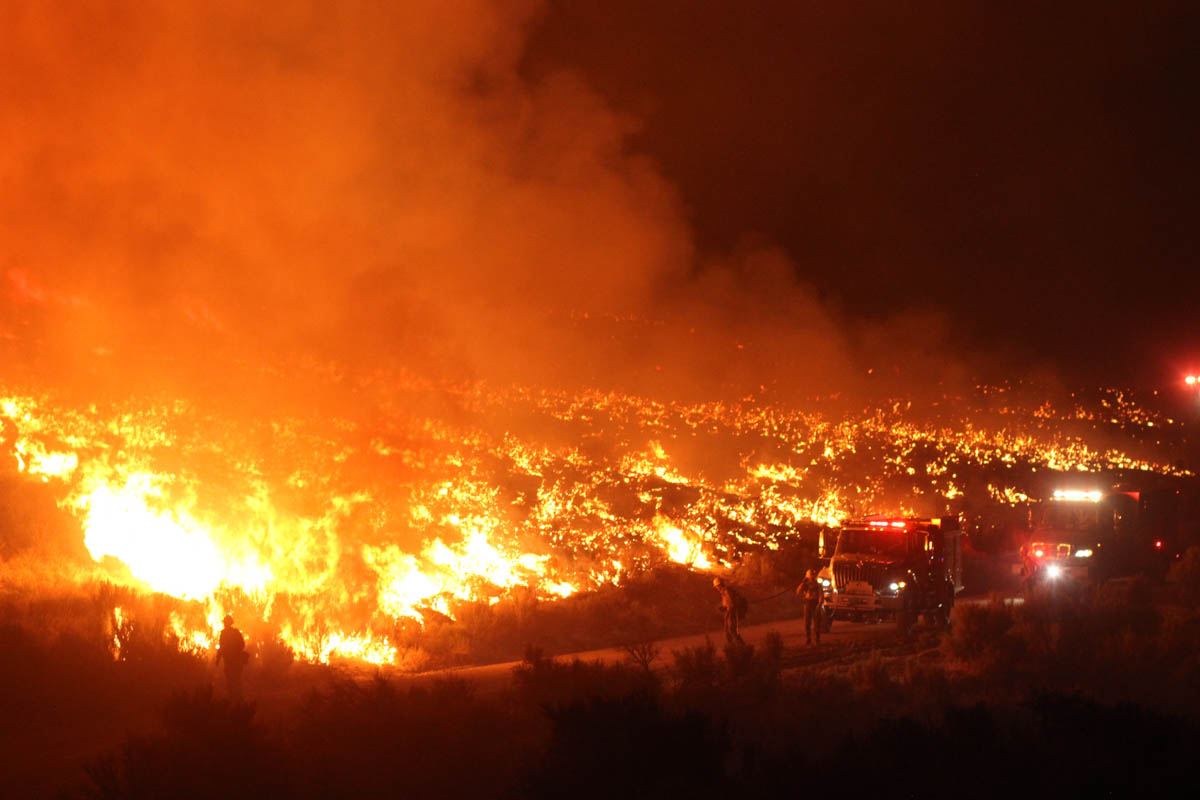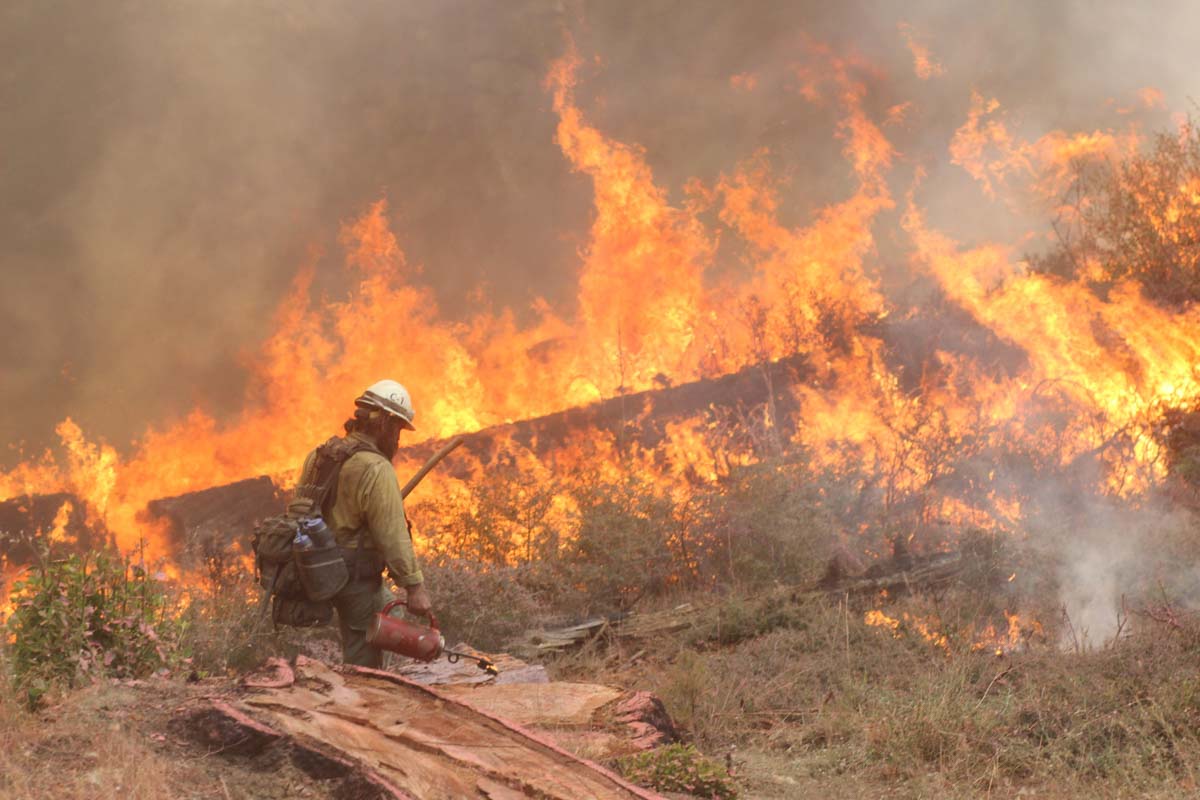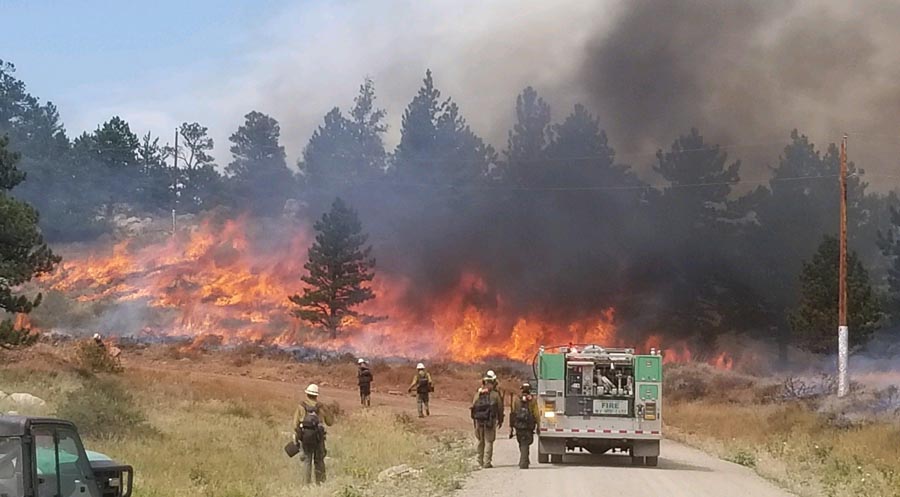
The President signed an Executive Order yesterday requiring Federal contractors to pay a $15 minimum wage to hundreds of thousands of workers who are on Federal contracts.
From a statement issued by the White House:
These workers are critical to the functioning of the Federal government: from cleaning professionals and maintenance workers who ensure Federal employees have safe and clean places to work, to nursing assistants who care for the nation’s veterans, to cafeteria and other food service workers who ensure military members have healthy and nutritious food to eat, to laborers who build and repair Federal infrastructure.
“I believe no one should work full-time and still live in poverty,” President Joe Biden said in a Twitter post announcing the move.
Raising the minimum wage to $15 for all workers in the United States is long past overdue. The last time it was changed was 13 years ago when it increased from $5.15 per hour to the current rate of $7.25 per hour.
The cleaning professionals and cafeteria workers mentioned in the statement from the White House as examples of Federal contractors who will be covered by the new minimum wage need this new policy. It is extremely difficult to support a family while making less. If they receive a bump in pay when the policy goes into effect January 30, 2022, that’s great for them. And the pay will be adjusted annually based on the percentage increase in the Consumer Price Index for Urban Wage Earners and Clerical Workers.
But let us consider who will not be receiving the minimum pay of $15 an hour — Federal wildland firefighters, roughly 15,000 employees who work under the ridiculous titles of Forestry or Range Technician. Most of them start at the GS-3 level which this year is $13.45 an hour. Many of them will remain a GS-3 for years. When they become a highly skilled firefighter a few years later they might be promoted to a GS-4 making $15.20 an hour, which is less than the starting pay at some McDonald’s outlets.

The only way these professional firefighters can even begin to support a family is to work 1,000 hours of overtime each year. This is a physically and emotionally demanding job. Shifts on a going fire are typically 14 to 16 hours leaving only 8 to 10 hours each day when they are off the clock, which is not enough time to rest, recuperate, and take care of personal needs.
Federal wildland firefighters travel across the country going state to state wherever the fires are. When the largest blazes need 5,000 personnel, they may be staffed with individuals from nearly every U.S. state. Being away from home and family for extended periods of time every year puts stresses on the firefighters and their households.
Our opinion
Federal wildland firefighters need to be paid at least as much as cafeteria workers. Men and women defending our country by suppressing fires are grossly underpaid and deserve a large boost in salary. This could slow down the hordes that are quitting to seek a living wage, moving to city, state, and private organizations. Their pay needs to be competitive and commensurate with wages that could be earned doing the same job with the California Department of Forestry and Fire Protection (CAL FIRE) and Pacific Gas and Electric.

Last week the McDonalds in Sisters, Oregon was seeking new employees, offering starting pay of $15.50 to $18.25 and a hiring bonus of $1,000.
These extraordinary employees also need to be reclassified correctly as actual Firefighters, not forestry technicians.
Some efforts are underway, such as the request by nine U.S. Senators for the Government Accountability Office to conduct an assessment of hiring and retention of Federal wildland firefighters at the five Federal agencies responsible for wildland fire.
Tomorrow, April 29 at 1 p.m. EDT, the House Subcommittee on National Parks, Forests, and Public Lands, led by Chair Joe Neguse (D-Colo.), will host an oversight hearing titled Wildfire in a Warming World: Opportunities to Improve Community Collaboration, Climate Resilience, and Workforce Capacity. Riva Duncan, now retired from the Fire Staff Officer position on the Umpqua National Forest in Oregon, is scheduled to testify. This could be interesting. You can watch it live, or replay it later.
The video below is the daily White House Press Briefing from April 27, 2021. The first item covered by White House Press Secretary Jen Psaki is the Executive Order about the new minimum wage for contractors.







